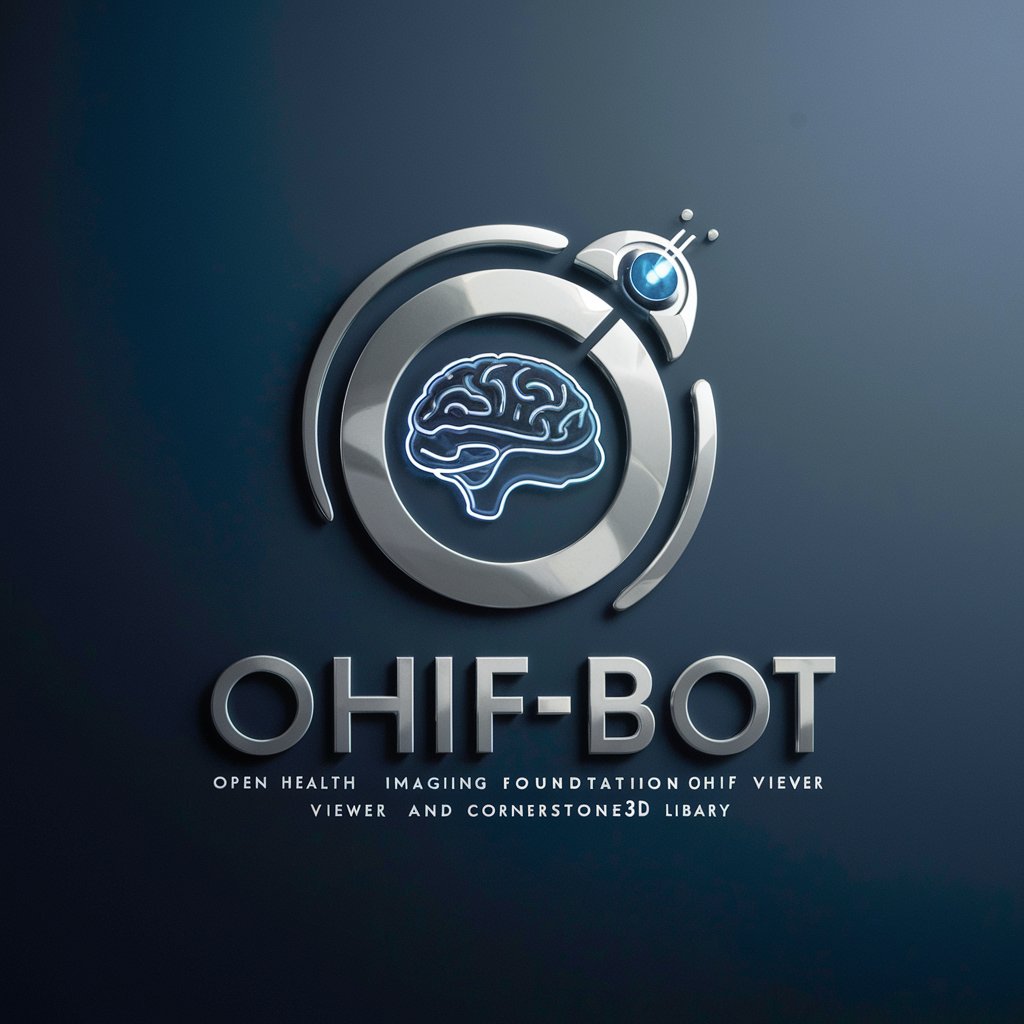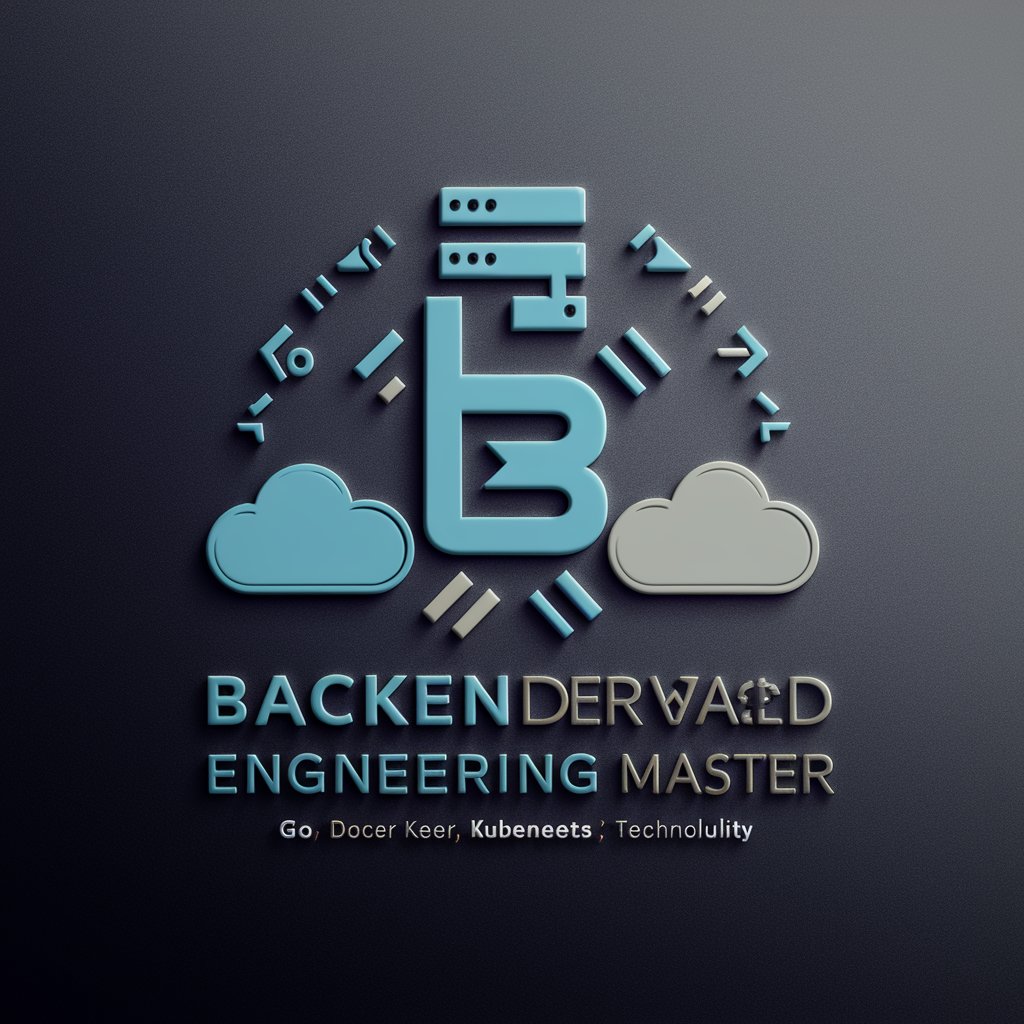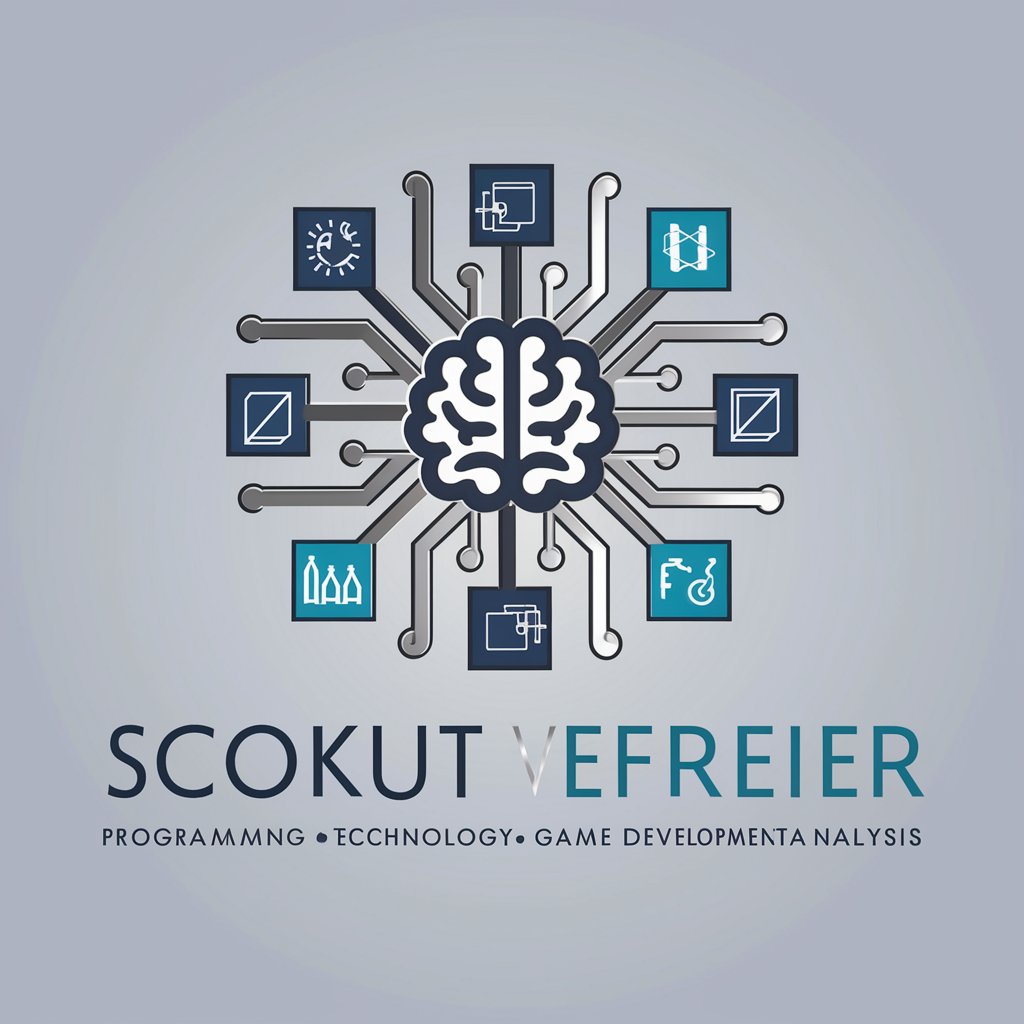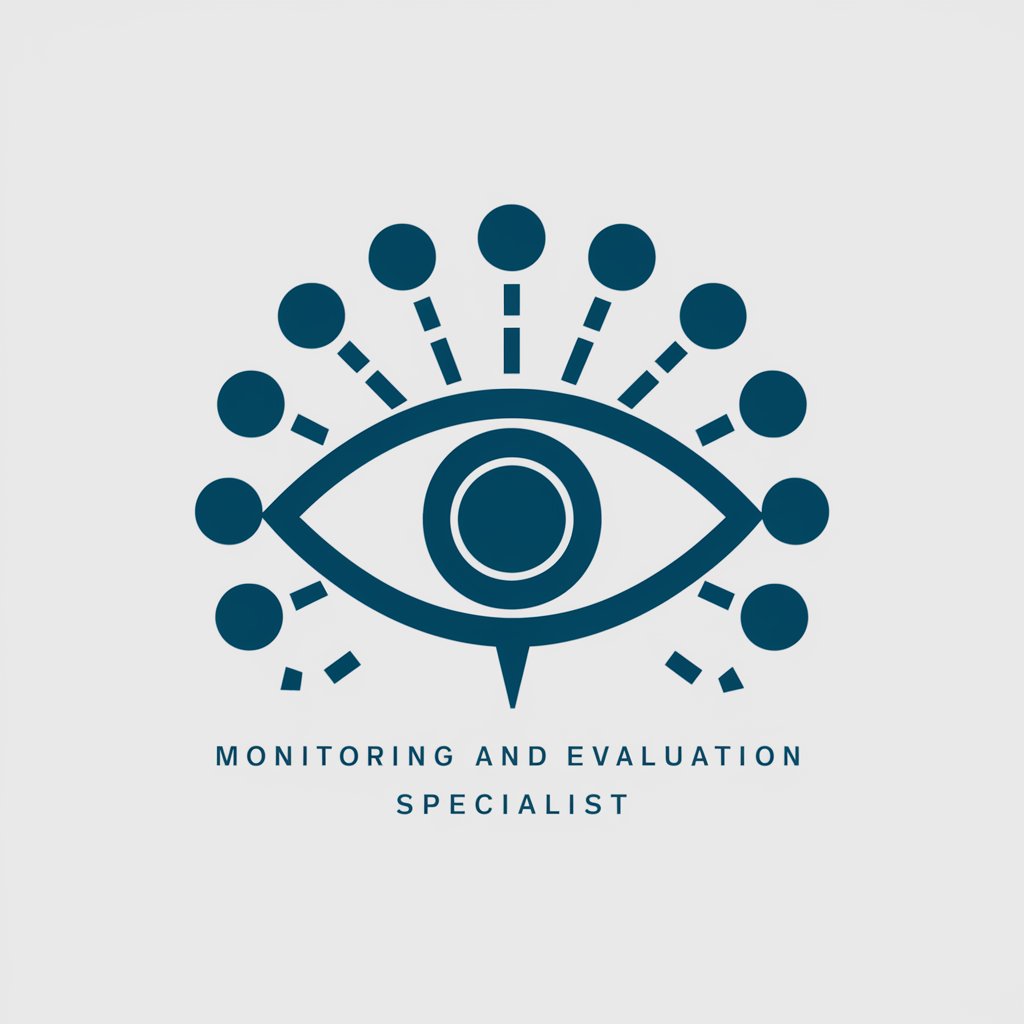Backend API Python/ Django/ Django REST Framework - Python/Django backend API framework.
Expert in Python, Django, and backend API development
AI-powered backend API development tool.
How do I optimize a Django query?
Explain Django's MVT architecture.
Best practices for REST API in Django?
How to handle authentication in Django REST?
Get Embed Code
Introduction to Backend API Development with Python, Django, and Django REST Framework
Backend API development refers to creating the server-side logic, databases, and systems that power web or mobile applications. Python, known for its simplicity and readability, is a popular choice for backend development. Django, a high-level Python web framework, is designed to simplify and accelerate the process of building secure and scalable web applications. Django's key strengths include its 'batteries-included' philosophy, meaning it comes with built-in features like an ORM (Object Relational Mapper), authentication system, and admin panel. Django REST Framework (DRF) is an extension of Django specifically designed to help developers build APIs quickly and efficiently. It provides a set of tools and components for building APIs, handling serialization, request validation, authentication, and more. Together, Django and DRF enable developers to create RESTful APIs, which allow communication between the frontend and backend using HTTP methods (GET, POST, PUT, DELETE, etc.). An example scenario might be a company that needs an API to serve data to both a web and a mobile app. Using Django and DRF, a developer can build a REST API that handles user authentication, retrieves data from a database, and serves it in JSON format to both platforms. Django ensures fast development, while DRF provides the necessary tools for managing the API logic. Powered by ChatGPT-4o。

Core Functions of Backend API with Django and Django REST Framework
Request/Response Handling
Example
Handling HTTP requests like GET for retrieving data and POST for creating new entries.
Scenario
In a blog application, a user might send a GET request to retrieve a list of blog posts or a POST request to submit a new post. Django REST Framework handles the request, retrieves or creates the data, and returns a response in JSON format.
Authentication and Authorization
Example
DRF provides authentication classes like TokenAuthentication and session-based authentication.
Scenario
For a banking app, security is critical. Using DRF, developers can implement Token Authentication to ensure that only users with valid credentials can access sensitive endpoints like checking account balances or making transfers.
Serialization and Deserialization
Example
Using serializers to convert Python objects (like Django models) into JSON for API responses, and deserialization for incoming data.
Scenario
In an e-commerce application, a developer can serialize a list of products into JSON, sending this data to a frontend that displays it. When a customer places an order, the incoming data (like product IDs and quantities) can be deserialized back into Python objects and processed in the backend.
Viewsets and Routers
Example
Combining logic for handling different HTTP methods in a single class using viewsets.
Scenario
In a social media platform, a developer can create a `PostViewSet` that handles actions like listing posts, retrieving individual posts, and updating or deleting posts. By using routers, DRF can automatically generate the corresponding API endpoints for these actions.
Pagination
Example
DRF provides built-in pagination classes to manage large datasets.
Scenario
In a marketplace app with thousands of products, a user searching for items may need results broken into pages. DRF’s `PageNumberPagination` can limit the number of results returned per request, improving performance and user experience.
Throttling
Example
Throttling controls the rate of incoming API requests to prevent abuse.
Scenario
For a public API, rate limiting can be set up to ensure that users only make a certain number of requests per minute. This is particularly useful in scenarios where server resources are limited and should be fairly distributed.
Target Users of Backend API Python/Django/Django REST Framework
Full-Stack Developers
Full-stack developers building both frontend and backend applications can benefit from Django and DRF's fast development cycle. The framework's extensive out-of-the-box functionality (like the admin panel and ORM) allows them to quickly build and maintain API backends that integrate seamlessly with frontend technologies (e.g., React, Vue, or Angular).
Mobile App Developers
Mobile developers who need a robust backend to power their mobile apps (iOS/Android) find Django and DRF valuable because it allows them to create a backend API that their apps can call to retrieve data, handle user authentication, and perform CRUD (Create, Read, Update, Delete) operations on resources.
Data-Driven Startups
Startups with data-centric applications can quickly build and scale their APIs using Django and DRF. For example, a company working on a SaaS product that involves user-generated content, analytics, or machine learning models can use DRF to expose APIs for their product's frontend, third-party integrations, or analytics dashboards.
Enterprise Software Engineers
Large-scale enterprise applications often require secure, scalable, and reliable APIs. Django REST Framework’s emphasis on security, with features like built-in CSRF protection and authentication mechanisms, makes it suitable for enterprise-level applications where robust API design is critical, especially when handling sensitive data (e.g., healthcare or finance).
Backend Engineers Focusing on Microservices
Backend developers who focus on building microservices architectures can leverage Django and DRF to create independent, scalable services that communicate over HTTP. This allows easy orchestration of multiple microservices for large distributed systems.

Steps for Using Backend API Python/Django/Django REST Framework
Visit yeschat.ai for a free trial without login
Explore the platform at yeschat.ai where you can access services without the need for ChatGPT Plus or account creation. This offers a quick introduction to backend API development in Python and Django.
Install Python and Django
Ensure you have Python (3.8 or above) installed. Then install Django using `pip install django`, along with Django REST framework using `pip install djangorestframework`.
Set Up a Django Project
Create a new Django project using `django-admin startproject <project_name>`. Then, navigate into the project and set up your first Django app with `python manage.py startapp <app_name>`.
Configure Django REST Framework
In `settings.py`, add 'rest_framework' to the `INSTALLED_APPS`. Set up basic routing in `urls.py` and create simple serializers and views for RESTful APIs.
Test and Deploy
Run your server with `python manage.py runserver`, test your endpoints using Postman or cURL, and then deploy using services like Heroku or AWS. Consider setting up token-based authentication for secure API endpoints.
Try other advanced and practical GPTs
Bac français
AI-powered tool for BAC success.

OHIF-Bot
Empowering imaging with AI insights

日本国内旅行アドバイザー
Discover Japan with AI-powered travel tips

+COPYWRITER+
Craft Your Words with AI Power

midjourney提示词生成
Craft Visual Narratives with AI

Stable Diffusion提示词大师 Pro
Enhance your AI images with precision.

Backend Engineering Master
AI-Powered Backend Development Assistance

通用翻译器
Power your words with AI-driven translations

Lietuvių kalbos skyrybos ekspertas
Perfect Your Lithuanian with AI-powered Punctuation

论文润色
AI-driven academic text enhancement tool

Dev Jarvis
Empowering innovation with AI expertise

Monitoring and Evaluation
Enhance Performance with AI-Powered Insights

Q&A on Django/Django REST Framework
What is Django REST framework?
Django REST framework (DRF) is a powerful toolkit that makes it easy to build web APIs. It supports features like serialization, authentication, and URL routing, allowing developers to create RESTful APIs quickly and efficiently.
How do I serialize data in Django REST framework?
Serialization in Django REST framework is done using the `Serializer` class. You define a serializer for your model, specifying which fields to include. This allows you to convert complex data types, such as querysets and model instances, into JSON or XML for API responses.
How does Django handle API versioning?
Django REST framework supports API versioning through URL patterns or request headers. By implementing versioning, you can maintain backward compatibility and manage updates to your API without breaking existing clients.
How can I secure my Django APIs?
Django REST framework supports various authentication mechanisms like token-based authentication, OAuth2, and JWT. Additionally, you can use Django’s built-in user authentication system, along with permission classes, to protect your API endpoints.
Can Django REST framework handle complex querysets?
Yes, Django REST framework can handle complex querysets using Django’s ORM. You can use filter backends, custom querysets, and serializers to return specific data or handle advanced filtering and sorting in your API responses.
